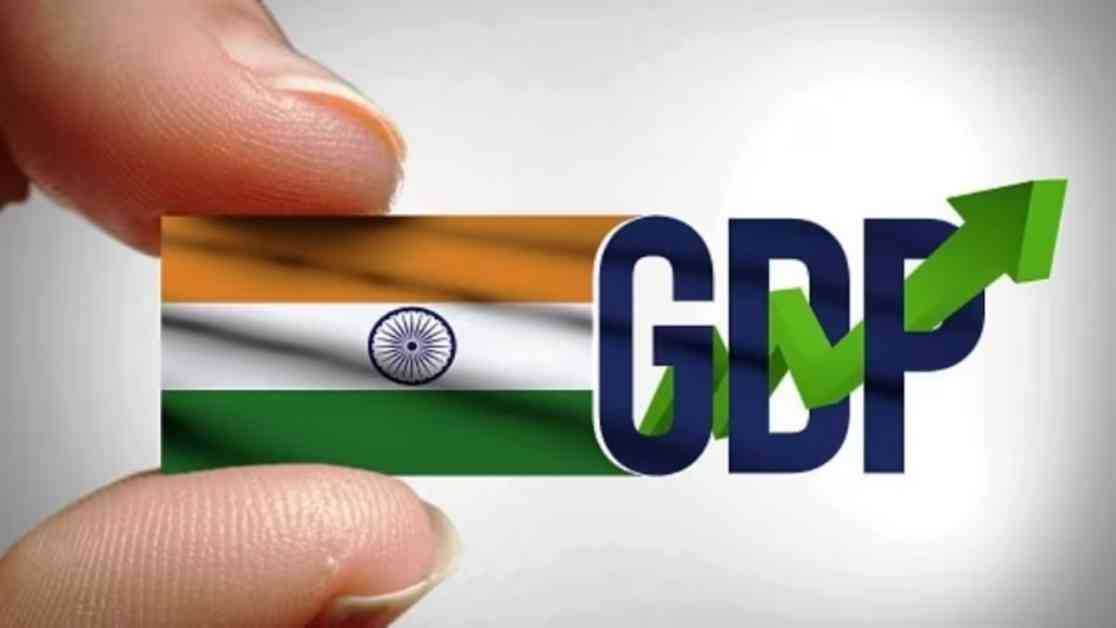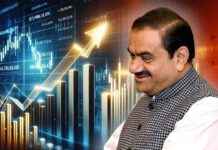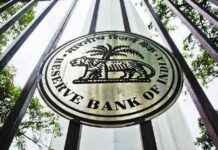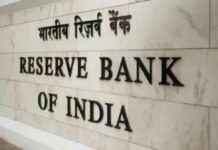The government remains optimistic about the future, expecting a rebound in economic growth in the fourth quarter of the fiscal year 2024-25 and beyond, despite ongoing global uncertainties. According to the second advance estimates of national income released recently, India’s GDP is projected to grow by 6.5% in FY25, a slight improvement from the initial estimate of 6.4%. The third-quarter growth estimate stands at 6.2%, with the second-quarter estimate revised upwards to 5.8% and the first-quarter estimate lowered to 6.5%.
Confidence in Growth Prospects
Amid concerns about the feasibility of achieving a 7.6% GDP growth in the fourth quarter, Chief Economic Advisor V Anantha Nageswaran underscored the positive trends in the economy. He emphasized the broad-based growth in the third quarter, driven by robust domestic demand and exports, which is expected to continue in the coming months. Nageswaran highlighted the strong rural demand, citing factors such as favorable agricultural production, higher reservoir levels, and improved winter crop prices as key drivers of economic momentum.
In a bid to stimulate consumption, the recent tax cuts for the middle class announced in the Union Budget 2025-26 are expected to bolster aggregate demand. Additionally, the upcoming Maha Kumbh festivities are anticipated to fuel private final consumption expenditure, although quantifying its impact remains challenging. Nonetheless, Nageswaran expressed optimism about the positive influence of these measures on the economic growth trajectory.
Expert Perspectives
While the government remains upbeat about the economic outlook, analysts have expressed varying opinions on the feasibility of achieving the projected 7.6% growth in the fourth quarter. Aditi Nayar, Chief Economist at ICRA, cautioned that global uncertainties, including merchandise exports and commodity prices, could dampen corporate margins and sectoral growth. She anticipates a more conservative GDP growth rate of 6.5-6.9% in the fourth quarter, driven primarily by government spending and rural consumption.
Paras Jasrai, Senior Economic Analyst at India Ratings and Research, raised concerns about geopolitical risks impacting private investment demand and hindering economic growth. However, he noted the potential positive impact of moderating inflation on real wages and consumer spending, hinting at a potential boost to consumption demand in the near future.
Rajani Sinha, Chief Economist at CareEdge Ratings, offered a more optimistic view, projecting GDP growth of around 7% in the fourth quarter and 6.7% for FY26. She emphasized the role of recovering rural demand, reduced tax burdens, policy rate cuts, and declining food inflation in driving economic improvement. Sinha highlighted the importance of sustained consumption recovery for a meaningful increase in corporate investment, underlining the need for a stable economic environment amidst global uncertainties.
In conclusion, Nageswaran reiterated the significance of monitoring global economic developments, particularly trade policies and inflation trends, which could impact financial conditions and market stability. Despite the challenges posed by external factors such as the US dollar’s strength and rising interest rates in Japan, the government remains committed to fostering a conducive environment for economic growth and stability.
In summary, while achieving the projected GDP growth remains a topic of debate among experts, the government’s confidence in the economy’s resilience and the potential for sustained growth underscores the ongoing efforts to navigate through uncertainties and drive India’s economic recovery.























